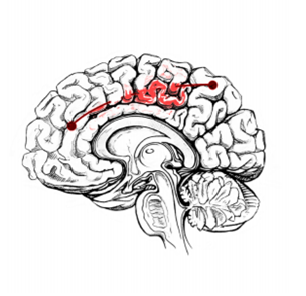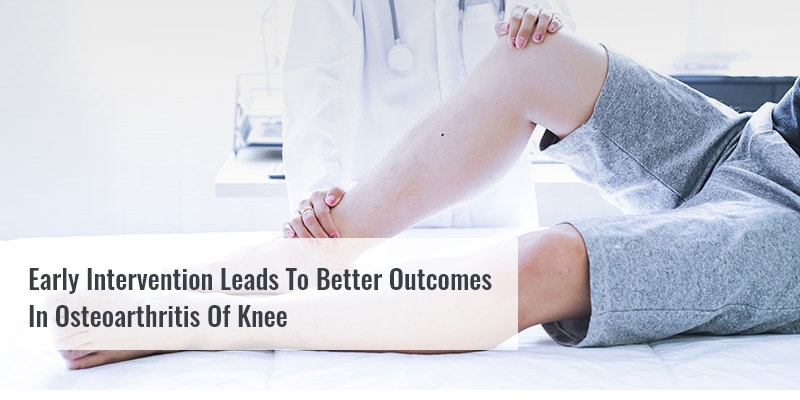Unable to cope with chronic pain, over 500,000 Americans have died of opioid overdose in the past 2 decades. Opioid is a class of drug that provides pain relief but causes addiction and other serious complications. Opioid use – especially Oxycontin – produced and promoted by now bankrupt Perdue Pharma of the United States had been a key player at the center of opioid disaster. Lancet – a widely respected British medical journal – has been calling attention to new methods of treating chronic pain in its editorial pages; and more or less imploring its readers to seriously consider non-pharmacological interventions and to discontinue opioids. If there was ever a silver lining to the opioid disaster, this may be it.
 Doctors and the medical community had for long considered the root cause of chronic pain to be either structural - caused by a specific or combination of multiple pathologies; or simply label it as “stress” or “psychosomatic” – a waste basket term that is a “catch-all” for all things unexplained by known medical science. When the pathology is identified and treatable, patients experience relief. When the root cause is unknown, doctors simply shrug and say they can’t find anything wrong, and suggest a dose of pain killers, physiotherapy, diet or lifestyle modifications. Its not uncommon for patients with chronic pain to consult a minimum of 5 doctors, in a frantic search for relief. In some cases, surgeries are performed, despite an abysmal rate of success – less than 25%. The theory that chronic pain is a psychological phenomenon was advanced by Dr. John Sarno and researchers at New York University. This phenomenon can be understood if one considers the experiment performed by Pavlov, where he was ringing the bell and giving his dog a bone to chew on. After training for a few days, Pavlov would ring the bell and found that his dog was salivating in the expectation of a bone. The dog had learned to associate the ringing bell to the presence of a bone. Similarly, chronic pain is a learned response to a perceived danger. Perception of danger triggers neural signaling that in essence causes pain which is meant to be a warning signal to avoid a certain situation. Much like Pavlov’s dog – the association between perception of danger and pain is a learned behavior. Whatever is learnt by the brain can also be unlearnt by training. Therefore, chronic pain can be reduced or removed by the breaking the association between perception of danger and pain.
Doctors and the medical community had for long considered the root cause of chronic pain to be either structural - caused by a specific or combination of multiple pathologies; or simply label it as “stress” or “psychosomatic” – a waste basket term that is a “catch-all” for all things unexplained by known medical science. When the pathology is identified and treatable, patients experience relief. When the root cause is unknown, doctors simply shrug and say they can’t find anything wrong, and suggest a dose of pain killers, physiotherapy, diet or lifestyle modifications. Its not uncommon for patients with chronic pain to consult a minimum of 5 doctors, in a frantic search for relief. In some cases, surgeries are performed, despite an abysmal rate of success – less than 25%. The theory that chronic pain is a psychological phenomenon was advanced by Dr. John Sarno and researchers at New York University. This phenomenon can be understood if one considers the experiment performed by Pavlov, where he was ringing the bell and giving his dog a bone to chew on. After training for a few days, Pavlov would ring the bell and found that his dog was salivating in the expectation of a bone. The dog had learned to associate the ringing bell to the presence of a bone. Similarly, chronic pain is a learned response to a perceived danger. Perception of danger triggers neural signaling that in essence causes pain which is meant to be a warning signal to avoid a certain situation. Much like Pavlov’s dog – the association between perception of danger and pain is a learned behavior. Whatever is learnt by the brain can also be unlearnt by training. Therefore, chronic pain can be reduced or removed by the breaking the association between perception of danger and pain.
Like many things in medicine, a new treatment technique needs a catalyst to become mainstream. COVID-19 crisis made mRNA vaccine technology mainstream. When Dr. John Sarno advanced these techniques to treat chronic pain in the 90’s – it was largely dismissed as fringe and unproven. The opioid crisis and the burden of chronic pain had passed a critical threshold of economic pain that was no longer bearable. These factors along with new clinical studies that conclusively prove chronic pain can be unlearnt by training has helped shine a spotlight on non-pharmacological intervention - especially psychological and behavioral interventions.
JOGO’s intervention for chronic pain is built on the principles of neural plasticity – similar to the techniques used by Dr. John Sarno. Harvard’s Pain Medicine dept. conducted a clinical trial with JOGO’s digital therapeutic to treat patients with chronic low back pain(CLBP). The initial results show statistically significant and clinically meaningful reduction in pain and disability indices. These results are consistent with other recently published research in JAMA Psychiatry – a respected American medical journal - that shows beyond any doubt that chronic pain can be unlearnt successfully.
JOGO treatment for chronic pain is available at its many locations in Chennai, Chengalpattu, Coimbatore, Madurai, and Trivandrum.
Know More: Unlearning Chronic Pain
Sanjai Murali, Founder & CEO, JOGO Health - www.jogohealth.com
References:





